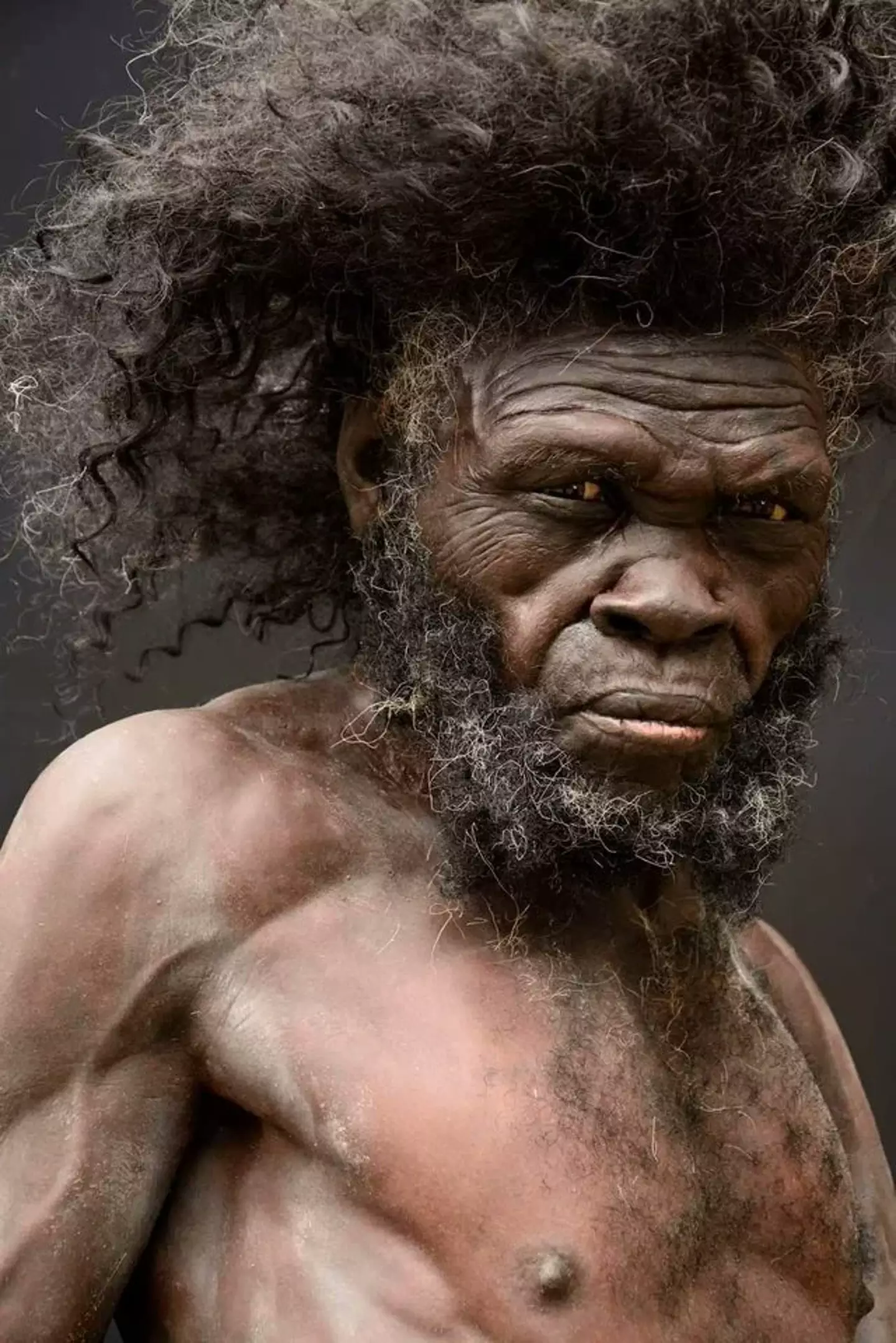It’s astonishing to consider that every person on Earth today traces their lineage back to the same two ancestors.
Everyone has origins, but I won’t delve into that topic here.
Instead, I’ll focus on a Danish museum’s attempt to recreate the appearance of what they believe the first human might have looked like… and to me, they bear a striking resemblance to modern humans.
https://www.youtube.com/watch?v=eIkWHEhCm8Y
Before diving into the Moesgaard Museum’s reconstruction, it’s essential to touch on some aspects of human history.
You’ve likely heard of ‘Lucy’, often referred to as the mother of mankind. She is estimated to have lived about 3.2 million years ago. Her remains were discovered by Professor Donald Johanson and his student Tom Gray as they explored a complex of ravines in Hadar, northern Ethiopia.
In 1974, this discovery marked one of the most significant finds in the history of anthropology.
Lucy resembled the modern-day chimpanzee in many ways, with features like a small brain and elongated arms, but what was particularly noteworthy was her ability to walk upright on two legs.
A decade later, in 1984, another remarkable discovery was made: ‘Turkana Boy’.
This specimen, part of the Homo egaster lineage, is believed to have lived around 1.5 million years ago.
Discovered at the Nariokotome River’s bank near Lake Turkana, Kenya, by palaeontologist Kamoya Kimeu, the Turkana Boy was about eight years old and had an almost complete skeleton.

The Moesgaard Museum describes the exhibition on its website, stating: “On your way to the prehistory exhibitions, you descend the stairway of evolution. Here you will meet your prehistoric family: Seven reconstructed human species will look on as you walk down the stairs.
“In cooperation with the Centre for Biocultural History at Aarhus University and the World famous Dutch Kennis brothers, Moesgaard Museum has created a unique collection of seven reconstructed homines, i.e. human species.
“From the 3.2 million year-old Lucy, who was found in Ethiopia, to the Koelbjerg Man, who lived in the Stone Age and is the oldest skeleton found in Denmark.”
One person, clearly impressed by the level of detail, shared their thoughts on Twitter: “This fascinating reconstruction gives us a glimpse into the appearance of early modern humans.
“With their unique features shaped by adaptation and environment, they reflect the diversity of our ancestors. It’s intriguing to think about how much they might have shared in terms of culture and social structures!”
The wonders of natural history are truly astonishing, and I find it hard to grasp how experts can understand so much about the creatures that roamed the Earth before us.

